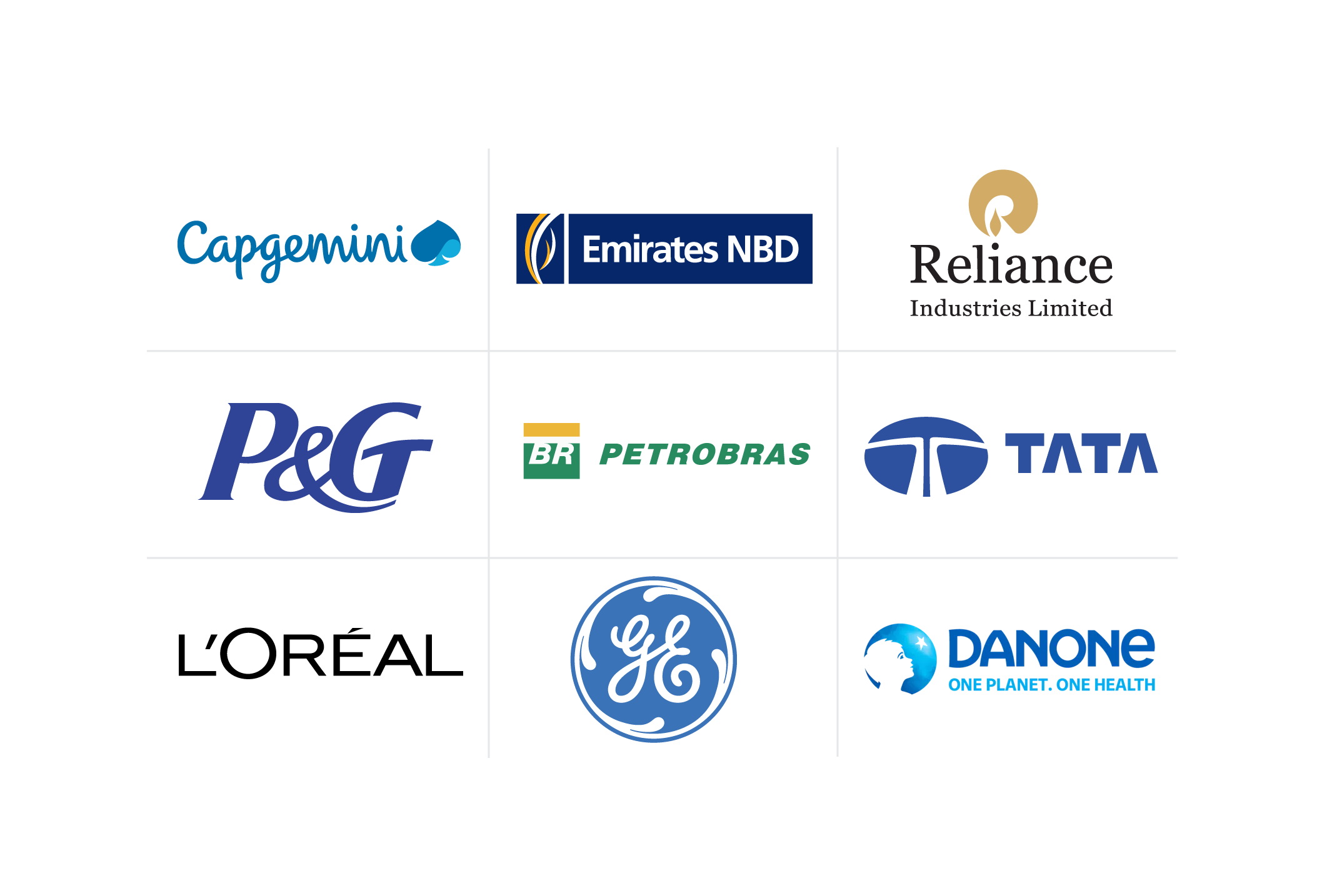Shadow IT: Understanding the Risks and Strategies for Mitigation
Discover the challenges of unregulated IT and explore effective strategies for proactive risk management.

Within the digital landscape, shadow IT is akin to a secret passage that enables employees to stray from conventional technology routes to uncover hidden shortcuts and resources. While this practice may appear innocuous, it harbors risks capable of compromising your organization's security and compliance.
Read on to learn more about shadow IT and its repercussions, including strategies to mitigate its impact.
What is shadow IT?
Shadow IT entails the use of unsanctioned IT hardware, software, or cloud services by a department or employee. Some of the many ways this phenomenon can materialize include:
The use of personal cloud storage accounts for sharing work files
Organizing virtual meetings via unauthorized video conferencing platforms
Opting for unofficial messaging apps for internal team collaboration
Google Docs, the seemingly benign document-editing application, for instance, contributes to shadow IT, as do cloud storage apps like Dropbox, Google Drive, and Microsoft OneDrive.
It’s worth noting that the challenge of shadow IT extends beyond IT firms. As highlighted in a 2020 report by the Government Accountability Office (GAO), there existed a significant shadow IT infrastructure within the US government in 2019 [1]. This infrastructure, which mainly consisted of obsolete or redundant federal data centers, lacked adequate cybersecurity measures.
Why do employees turn to shadow IT?
The main driver behind employees' adoption of shadow IT practices, as indicated by a Statista survey, is the perception that it speeds up daily activities and improves efficiency [1]. Furthermore, a staggering 48 percent of respondents cite the lack of authorization for certain applications or software as a key factor prompting their engagement with shadow IT [1].
The quick and convenient accessibility of software-as-a-service (SaaS) solutions for collaboration and project management, coupled with bring-your-own-device (BYOD) policies that enable employees to use their personal computers and mobile devices on the corporate network, are additional factors driving the emergence of shadow IT.
Most importantly, shadow IT underscores employees' inclination to seek convenient, efficient, and productive methods to execute their work tasks.
The risks posed by shadow IT
Shadow IT might ease employees' job responsibilities. However, it is important to pay attention to its potential pitfalls. The following are a few notable risks shadow IT can introduce to your organization:
1. Decreased visibility into IT infrastructure
Shadow IT, by its very nature, functions beyond the boundaries of your organization's conventional IT security protocols. In particular, unauthorized tools, software, or devices create blind spots that conceal vulnerabilities or policy violations and serve as potential entry points for cybercriminals.
2. Disclosure of sensitive information
Sensitive data accessed or transmitted through unsecured shadow IT devices and apps puts your company at risk of data breaches or leaks. Moreover, data stored in shadow IT applications generally remains unaccounted for during backups of officially sanctioned IT resources. This, in turn, complicates or impedes information recovery in case of data loss.
3. Violation of data compliance laws
From the Health Insurance Portability and Accountability Act (HIPAA) to the General Data Protection Regulation (GDPR), data protection laws set forth strict mandates for handling personally identifiable information (PII). However, select shadow IT solutions leveraged by your employees may not align with requisite data security standards. Subsequently, your organization could face fines or legal action due to non-compliance with regulations.
4. Downtime due to technical failure
When a shadow IT application malfunctions or crashes, your IT team may struggle to provide a timely solution without the necessary expertise and documentation for troubleshooting. The consequences of such technical failures can be particularly dire when a time-critical project relies on the functionality of shadow IT software.

4 ways to mitigate risks associated with shadow IT
Among the various forms of shadow IT, unapproved or forbidden third-party software, apps, and services are particularly widespread. Here are some strategies you might want to consider for limiting the spread of shadow IT in your organization:
1. Set up a sanctioned BYOD roster.
Establishing an approved BYOD list provides a structured approach to managing device usage and safeguarding sensitive company data that might be accessed through personal devices such as home computers.
2. Invest in a shadow IT discovery tool.
A comprehensive shadow IT discovery tool enables your IT team to gain full visibility into both authorized and unauthorized IT services and systems employees use. Upon identifying shadow IT instances, IT personnel can take proactive measures to address them effectively. This may involve creating policies to either permit, restrict, or block the usage of unauthorized systems and tools.
3. Enable user-friendly solutions.
When employees perceive company-mandated software as overly complex, cumbersome, or time-consuming, they may seek out alternative solutions, expanding shadow IT. By evaluating the usability of existing tools and identifying opportunities to streamline processes, you can minimize your employees' reliance on shadow IT.
4. Educate employees on the perils of shadow IT.
Cultivate a security-conscious culture by offering specialized training and personalized support to your employees. You may also want to encourage your teams to deconstruct IT compliance tasks into achievable quarterly objectives. As they attain these milestones, prompt them to renew targets for managing shadow IT.
Striking the right balance with shadow IT
Shadow IT, despite its downsides, is not entirely detrimental. At times, shadow IT software might prove to be the most effective tool for a given task. If specific instances of shadow IT align with your organization's security and compliance policies, you may choose to incorporate the solution. To further strengthen your security stance, consider integrating cybersecurity tools that actively monitor and detect shadow IT tools and services for vulnerabilities.
Learn more with Coursera
Equip your IT security team with the necessary skills and expertise to tackle vulnerabilities that may stem from shadow IT assets with the Introduction to Cybersecurity Essentials course, available on Coursera. Offered by IBM, this course focuses on best practices for authentication, encryption, and device security.
With Coursera for Business, you can train teams across your organization in the skills that matter most in today’s digital economy. Your employees will gain access to content from 350+ leading universities and industry partners, where they can build real-world experience with innovative skills, tools, and technologies while earning globally recognized credentials. Our customizable, scalable learning solutions balance workplace and technical skills training in diverse formats, from video clips to guided projects and Professional Certificates. Accelerate your digital transformation and equip employees to drive growth with Coursera.
Article sources
US Government Accountability Office. “Data Center Optimization: Agencies Report Progress, but Oversight and Cybersecurity Risks Need to Be Addressed, https://www.gao.gov/products/gao-20-279.” Accessed June 13, 2025.
This content has been made available for informational purposes only. Learners are advised to conduct additional research to ensure that courses and other credentials pursued meet their personal, professional, and financial goals.

